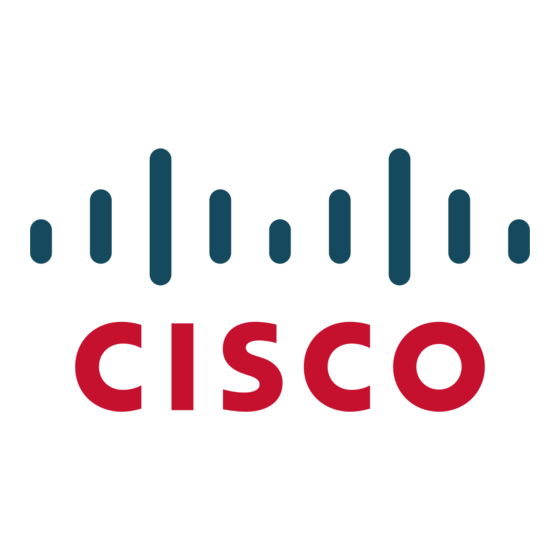Cisco UNIFIED 9971 Manuel de l'utilisateur - Page 35
Parcourez en ligne ou téléchargez le pdf Manuel de l'utilisateur pour {nom_de_la_catégorie} Cisco UNIFIED 9971. Cisco UNIFIED 9971 42 pages. Telefone ip cisco unified
Également pour Cisco UNIFIED 9971 : Fiche technique (10 pages), Notes de mise à jour (16 pages), Vue d'ensemble (30 pages), Manuel de configuration (4 pages), Manuel d'administration (8 pages), Manuel de l'utilisateur (48 pages), Manuel de l'utilisateur (3 pages), Manuel de l'utilisateur (21 pages), Mise en place (4 pages), Manuel de l'utilisateur (5 pages), Manuel de l'utilisateur (23 pages), Manuel de référence (4 pages), Manuel de référence rapide (3 pages), Manuel de référence rapide (2 pages), Démarrage rapide (2 pages), Coup d'œil rapide (3 pages), Manuel de démarrage rapide (6 pages), Manuel de référence rapide (2 pages), Manuel de démarrage rapide (2 pages), Manuel de référence rapide (2 pages), Manuel de démarrage rapide (4 pages), Manuel de référence rapide (2 pages), (Portugais) Démarrage rapide (2 pages)

